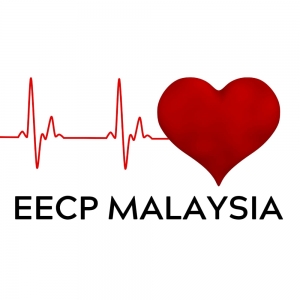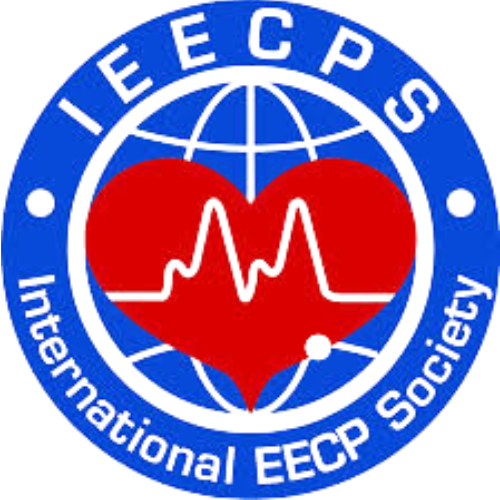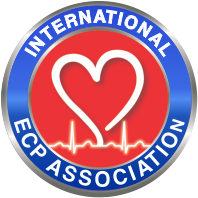A Case Study: A Comprehensive Approach Using EECP, NAD+ Therapy, and Ganban-Yoku Detox in Stroke Rehabilitation

Abstract: This case study presents the successful application of a comprehensive treatment approach that combines Enhanced External Counterpulsation (EECP), Nicotinamide Adenine Dinucleotide (NAD+) therapy, and Ganban-Yoku detoxification for stroke rehabilitation. The integrated treatment aimed to enhance cerebral blood flow, optimize cellular energy metabolism, and facilitate detoxification to promote neuroregeneration and functional recovery. The positive outcome observed in this case demonstrates the potential of this combined therapeutic approach in stroke rehabilitation.
Case Presentation: Patient Information:
Age: 58
Gender: Male
Pre-existing condition: Hypertension
Risk factors: Smoking, sedentary lifestyle
Time since stroke: 6 months
Clinical Presentation: The patient exhibited residual hemiparesis, limited mobility, and impaired speech after an ischemic stroke affecting the right cerebral hemisphere. Initial neuroimaging confirmed infarction in the left middle cerebral artery territory.
Treatment Protocol: The patient underwent a comprehensive rehabilitation program incorporating the following interventions:
Enhanced External Counterpulsation (EECP): EECP therapy was employed as a non-invasive intervention to enhance cerebral blood flow and promote angiogenesis. The patient received a series of 35 one-hour sessions, five days per week. Standard protocols for EECP were followed, involving synchronized inflation and deflation of lower limb cuffs during diastole to enhance systemic and cerebral perfusion.
Nicotinamide Adenine Dinucleotide (NAD+) Therapy: NAD+ therapy, an essential coenzyme involved in cellular energy metabolism and neuroregeneration, was administered intravenously to provide neuroprotection and facilitate regeneration. The patient received personalized NAD+ dosages over three weeks, starting with higher frequency (twice a week) and gradually reducing to once a week.
Ganban-Yoku Detoxification: Ganban-Yoku, a Japanese thermal stone bed therapy, was utilized for detoxification purposes. The patient participated in regular sessions within a controlled, heated stone bed environment, inducing sweating and elimination of toxins through the skin. Each session lasted approximately 30 minutes, twice a week, for a duration of three months.
Outcome: The combined treatment approach yielded positive results, as indicated by the following improvements observed during follow-up assessments:
Neurological Recovery: Gradual improvement in motor function and gait stability. Enhanced coordination and balance control. Restoration of speech and communication abilities.
Quality of Life: Increased independence in activities of daily living. Reduced post-stroke fatigue and improved energy levels. Enhanced overall well-being and mood.
Radiological Findings: Follow-up neuroimaging revealed reduced infarct volume and improved perfusion in the affected cerebral hemisphere.
Conclusion: This case study underscores the potential benefits of a comprehensive treatment approach that combines Enhanced External Counterpulsation (EECP), Nicotinamide Adenine Dinucleotide (NAD+) therapy, and Ganban-Yoku detoxification in stroke rehabilitation. The positive outcomes observed in this patient suggest that this integrated protocol may contribute to neuroregeneration, functional recovery, and improved quality of life. Further research and larger-scale clinical trials are necessary to validate these findings and establish evidence-based guidelines for utilizing such combined interventions in stroke rehabilitation.




